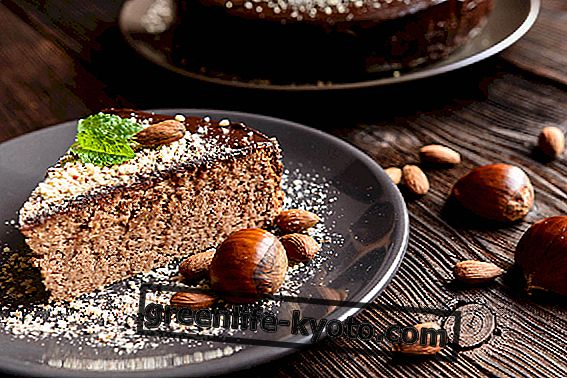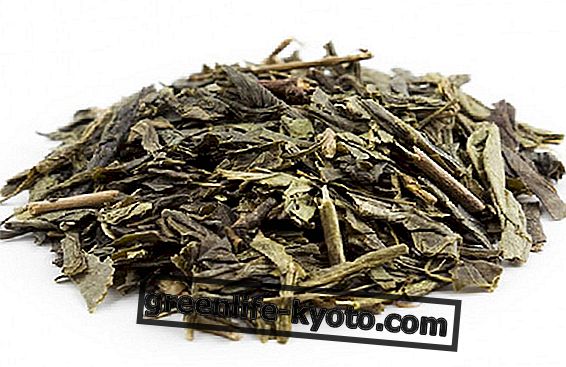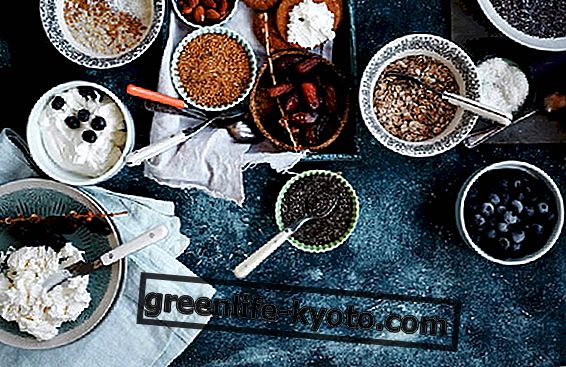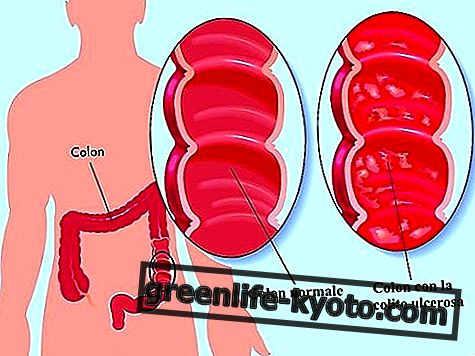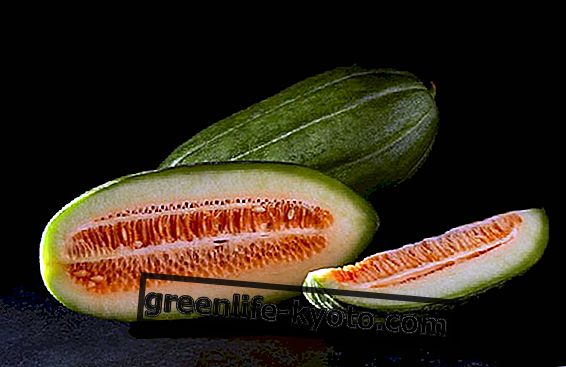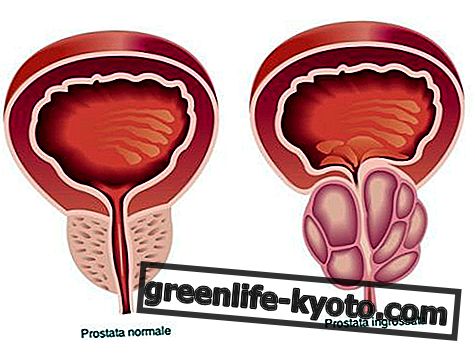Chamomile is a plant with remarkable sedative and calming properties, also known for its hypoglycemic effects useful in case of diabetes. Discover all the benefits and how to use it.
Chamomile ( Matricaria recutita ) is a plant of the Asteraceae family . Known since ancient times for its remarkable sedative and calming properties, it also has hypoglycemic effects useful in case of diabetes . Let's find out better.

Properties of chamomile
With chamomile flowers infusions are used that are notoriously used for their mild sedative virtues. In reality the plant does not have hypno-inducing active ingredients, like most officinal herbs that are used against insomnia, but on the contrary, it has mainly antispasmodic properties, such as lemon balm, that is it produces a muscular relaxation, due to the presence in its phytocomplex flavonoids (eupatuletina, quercimetrina) and coumarins.
These combinations of active ingredients make chamomile an excellent muscle relaxant, useful in case of intestinal cramps, poor digestion, irritable bowel syndrome, muscle spasms and menstrual pain, but also in case of nervous tension and stress, because it causes a pleasant sensation relaxation with a calming effect on nervousness and anxiety.
The herbal teas obtained with this plant eliminate intestinal gases and promote digestion, producing a general improvement in the functionality of the gastrointestinal system.
Like mallow, chamomile has good natural anti-inflammatory properties, thanks to the protective action on the mucous membranes exerted by the mucilages and the components of its essential oil (azulene and alpha-bisabolol). For this reason it is used as a soothing, decongestant, soothing and calming remedy, in all types of irritation of external and internal tissues: dermatitis, wounds, ulcers, gastritis, conjunctivitis, rhinitis, oral cavity irritations, gingivitis and urogenital inflammation.
The plant is also used successfully as a painkiller in case of toothache, sciatica, headache, back and neck pain. This thanks to the organic acids ( salicylic acid, oleic acid, stearic acid) and to lactones, which give it anti-inflammatory virtues similar to those of cortisone.
Recent studies have also shown the hypoglycemic effects, useful for lowering the level of sugar from the blood, as it inhibits the transformation of glucose into sorbitol, responsible, when in excess, for damage to the eyes, kidneys and nerve cells, which are found in people suffering from diabetes.
Method of use
INTERNAL USE
INFUSED: 1 spoon of chamomile flowers, 1 cup of water
Pour the chamomile into boiling water and turn off the heat. Cover and leave to infuse for 5 min. Filter the infusion and drink it in case of nervous tension, poor digestion and cramps.
EXTERNAL USE
Packs with sterile gauze pads soaked in infusion, are excellent for tired, red eyes, or in the presence of conjunctivitis, to purify the skin and to heal wounds.
Gargle with infused water helps in inflammation of the mouth.
Chamomile is one of the ingredients of natural soothing creams: discover the others

Contraindications
The intake and use of chamomile has no particular contraindications . The only side effects that can occur are related to any allergic reactions due to the presence of sesquiterpene lactones in the plant.
Description of the plant
Aromatic plant with a bushy habit, it generally does not exceed 50 cm in spontaneous forms, while in cultivated varieties it can reach 80 cm. It has more stems starting from the base, more or less branched in the upper portion and a taproot root.
The leaves are alternate and sessile, oblong, with lamina is bipennatosetta or tripennatosetta, with very narrow linear lacinias. The flowers are gathered in flower heads with conical and hollow receptacle.
The outer ones have the white ligule, the inner ones are tubular with a yellow corolla. The flower heads with a diameter of 1–2 cm are gathered in corymbous tops. The fruit is an achene of about 1 mm of length, of light color, devoid of pappus.
The properties and use of the chamomile mother tincture
Chamomile habitat
Widespread in Europe and Asia and is also naturalized in other continents. It grows spontaneously in meadows and in the open countryside, no more than 800 m, it often becomes intrusive by acting as a weed of agricultural crops. It is a rustic species that is also suitable for poor and acid soils.
Background
The name derives from the Greek chamàimēlon word formed by chamài " of the soil " and mēlon, " apple " for the smell that resembles that of the dwarf apple, this derivation is preserved in the Spanish name "manzanilla", from manzana, which means "apple ".
The genus name, Matricaria, comes from the Latin matrix, which means " uterus ", with reference to the calming power of menstrual pain .




